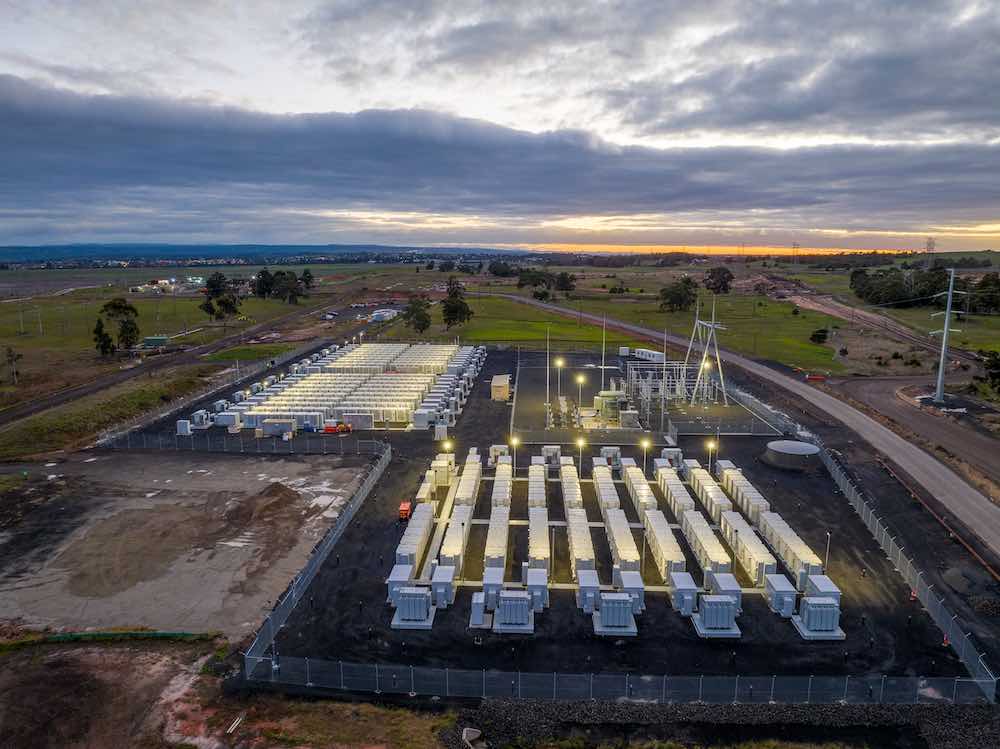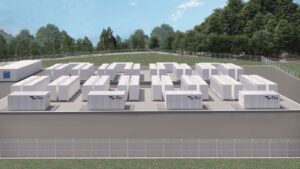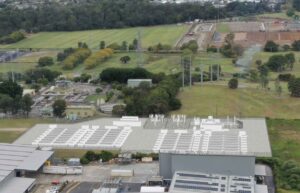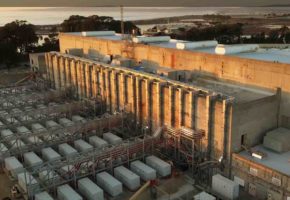On a windswept plain just south of the town of Morwell in Victoria’s Latrobe Valley, there is not much to be seen of the former brown coal fired power station known as Hazelwood. There are fences to keep people out, and lot of tarmac to indicate where the huge chimneys and generator buildings once stood.
It looks utterly desolate.
Thousands of tonnes of waste, including silicon and asbestos are buried deep beneath the ground, and in the distance is the huge mine pit, which might one day be turned into a lake, if only to try and drown some of the legacy issues of subsidence, dust and other nasties, and to make sure it doesn’t catch fire.
Even this idea is being heavily contested by locals, who fear it will cause other environmental issues too, particularly on the local water supply.
Hazelwood is a controversial name in Australia’s energy lexicon because it was, for a time, the dirtiest generator in Australia, and indeed the world. The suddenness of its closure caused calamity for the local community and political outrage over the consequences of the green energy shift.
But now it also offers hope and a glimpse of the future.
Hazelwood left more than fences and tarmacs. Its massive switchyard and substation are still there, and so are the myriad towers that can transmit power to the rest of the grid. The plan is to turn these into renewable rather than fossil fuel super highways, and a viable pathway to the clean energy future.
Most big batteries in Australia have been built next to wind and solar farms, or at strategic junctions in the grid.
But in the past few months, the three newest batteries – Hazelwood, Kwinana and Torrens Island – have been built within former and current fossil coal and gas citadels. The fossil fuel industry is now being eaten from the inside out.
This week, the Hazelwood big battery was officially opened, becoming the first big battery storage facility to be built and completed at the site of a former coal fired power station.
In comparison to a coal generator it is not big – at 150MW/150MWh it is limited by the current opportunities in wholesale electricity market. But as these opportunities grow, so too will the battery – possibly up to 800MW or even 1GW, and with multiple hours of storage.
It may be small for now, but it is really useful, and tailored for a renewable grid. For the moment the battery only needs one hour of storage because it will offer what’s known as grid services – frequency control and the new very fast frequency market – and as other market opportunities arise, it will boost its storage and focus more on helping shift daytime solar into the evening peaks.
The critics will say that will only power 30,000 homes for an hour or so, but that’s not the point. The grid is changing. The growth of variable renewables, and particularly rooftop solar, is rapidly making baseload power redundant.
As more wind and solar enters the grid what will be required is fast and flexible “firming capacity” to fill in the gaps. It now seems clear that that firming capacity is going to be provided by battery storage, particularly for the “shorter duration” gaps ranging from seconds to hours.
No other technology can compete, and the exemptions from small gas players in the new gas pricing standards unveiled by the federal government this week is effectively an admission that gas is not even in the ballpark on costs.
Hazelwood is notable because it is described by its owners – Engie (70 per cent) and Macquarie offshoot Eku Energy (30 per cent) as the first big battery of this scale to be funded only by private interests. i.e. no government contracts or funding.
It is a pioneer in replacing coal fired generators. But it is just one of more than a dozen.
The huge Waratah super battery is being built at the site of the shuttered Munmorah coal plant on the NSW central coast, and not too far away Origin is committed to the 920MWh Eraring battery to be built at the site of the country’s biggest coal generator, currently scheduled to close in 2025.
Big batteries are also planned by AGL at the site of the shuttered Liddell plant in the Hunter Valley and by Neoen and Greenspot at the shuttered Wallerawang coal plant in NSW, and by EnergyAustralia at Mt Piper, also in NSW.
In Victoria, AGL is likely to build a big battery at Loy Yang and EnergyAustralia is partially replacing the Yallourn coal generator with the Jeeralang battery, although that will actually be built next to a nearby gas generator.
In Queensland, batteries are being built, or at least committed, next to the Kogan Creek, Stanwell, and Tarong coal plants, and the shuttered Swanbank plant. In Western Australia, Synergy has announced a 2GWh battery next to the Collie power station, while Neoen has approval for an even bigger 4GWh battery near by.
It’s not just coal plants in the firing line. Synergy has only recently opened the Kwinana battery (100MW/200MWh) next to a shuttered gas plant, and will build another four times bigger right next door.
In Adelaide, AGL has just opened a 250MW/250MWh battery next to the Torrens Island gas complex, and could grow that to four hours of storage in coming years. More big batteries are planned by Origin next to the Mortlake and Darling Downs power stations.
And, of course, there is the growing number of big batteries being built at sub-stations across the grid, and next to existing and future wind and solar farms.
They are being used for a bunch of different reasons. Most are now focused – like Hazelwood – on the grid services markets, but some – like the Victoria Big Battery near Geelong and the Waratah Super battery in NSW – will act as giant shock absorbers, allowing more capacity to be transferred on transmission lines.
Given the delays in building new transmission infrastructure, it is likely more will be built in coming years – at least on short term contracts – to allow more wind and solar to provide bulk energy to the grid, in the growing likelihood that coal generators will need to close early.

After leaving Hazelwood, I took the opportunity of driving past the Loy Yang and the Yallourn brown coal generators. Like Liddell, it is clear these massive plants are coming to the end of their life.
If they are anything like Liddell – and it sure looks like it from the outside – it is a near miracle that the workers manage to get any power out of them. Yallourn will be gone in less than five years, Loy Yang A no more than five years after that.
At the Hazelwood battery opening this week, there were videos of the falling chimneys that were demolished as part of an estimated $1 billion clean-up. It remains one of the defining moments of the green energy transition.
“The commissioning of this battery …. marks an important step in the transition of the Latrobe Valley from a thermal energy power to a clean energy power,” said Rick de Bruyserie, the head of Engie’s Australian operations.
He says Hazelwood is the “perfect site” for a battery because of access to the transmission yard and its unused capacity. And it has plenty of space to expand.
“This battery will aid in the development of renewable power nearby and perhaps even offshore, and will help to stabilise the local grid.” Engie plans at least 10GW in battery storage around the world, and apart from Hazelwood is also looking at a big battery next to its remaining thermal generators in South Australia.
It’s easy to forget that the first big battery in Australia – the Hornsdale Power Reserve – only came into operation less than six years ago. The technology was, and still is, greeted with some skepticism, but those in the industry now understand how essential they are to the transition.
Big batteries are less spectacular than other infrastructure, basically a bunch of containers housing battery modules and inverters arranged in never ending rows. Like solar farms, if you have seen one module, you have seen them all, and it wasn’t easy going for the construction – rain and mud caused delays.
“It’s our mission to power the world,” said Achal Sondhi, the head of the battery technology provider Fluence at the opening. “This is an historic moment for us.”











